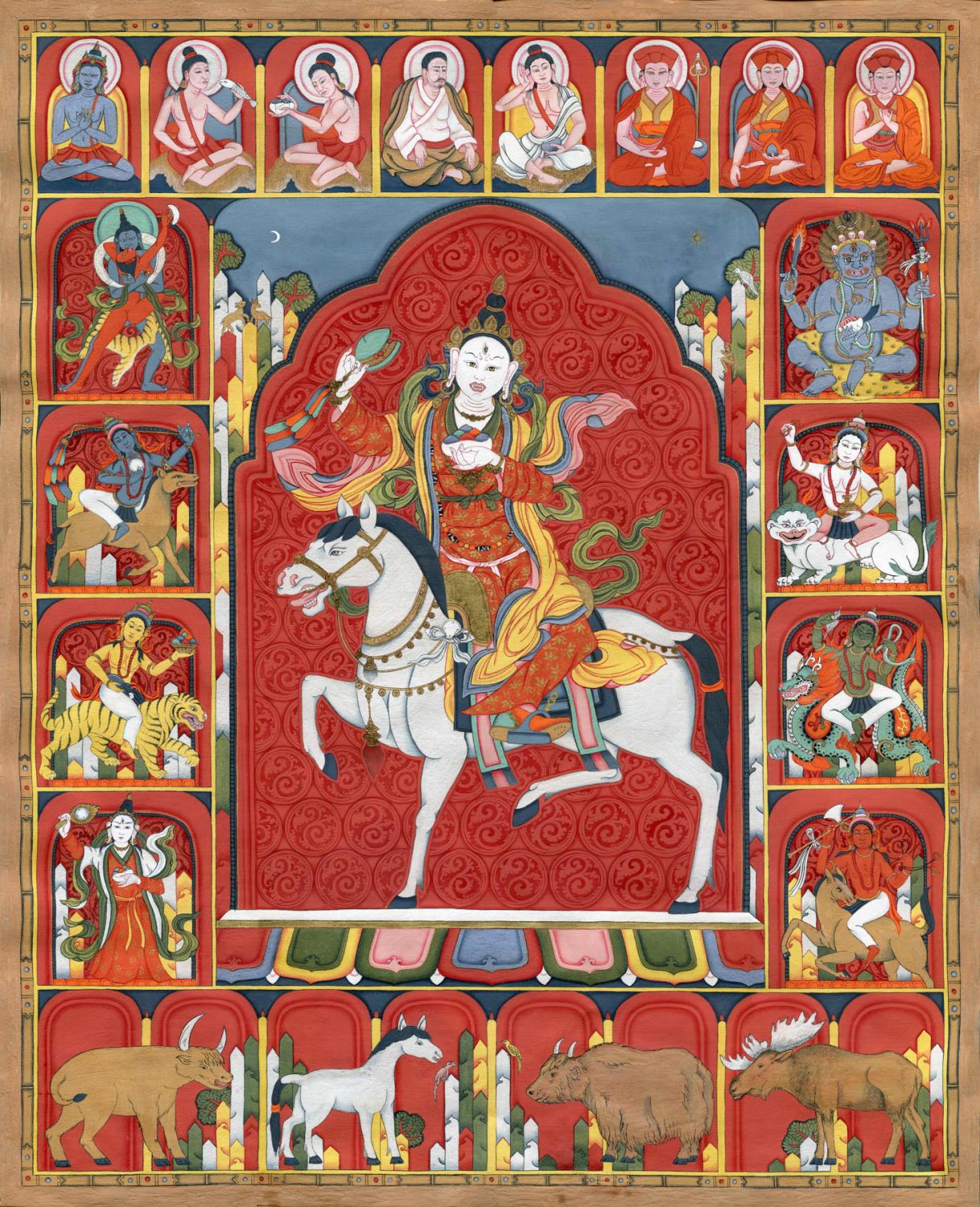I found some notes I have taken on July, 8, 2012 from a dharma talk I have attended then. But I did not write down who gave the dharma talk. My bad. Anyway, let me just share it. But most of the notes were on the mindfulness of dharma. If I am not mistaken, the talk was given by a Tibetan Lama. One of the Rinpoches.
1. Mindfulness of body
Sorry, I did not take notes on this, but from the notes below, it does appear this mindfulness of body is more towards Samatha, particularly when doing repulsiveness of the body.
2. Mindfulness of feelings
Going to vipassana. Mindful of feeling of body from head to toes.
3. Mindfulness of mind contents.
i.e. thoughts. Tibetan emphasis mostly on this. Mind stream/thoughts/feelings as they arise without interfering it. Everything from our ideas, creativity, identification, etc are in our thoughts. What is mind that gives rise to thoughts? Who is thinking? Observing the mind.
4. Mindfulness of dharmas
States of mind. When young, everything seems new and interesting. Time seems long at that time. When we get older, time seems to pass more quickly. As we get older, our mind becomes stale. We get caught up in our own inner world of problems, ideas, plans, worries, biases, etc. We don't see things in its freshness anymore. We colour it with our own perception. Washing dishes just to wash dishes. Justifying that it is easy with our own conceptual thinking. Allow our mind to be spacious, yet with awareness. Not being focus on our mindfulness in a tight way. Allowing our mind to "rest", yet doing things. Our life passes by without really savouring the moment's experiences. Why mindfulness is difficult is because our ego exists in the past or future and not experiencing the present. The ego does not allow us to stay in present. We can do this mindfulness anywhere, including in a committee meeting. But usually in the beginning, we do it without the need of much intellectual thinking. Mindfulness is like yeast, making bread with a little yeast. We add a little bit of it into our dough of life and let it grow. We don't have to leave our family, profession, etc. We just use mindfulness in our daily life. Mindfulness is also like salt, we can apply it to every dish. It brings out the vividness of our experiences. The truth is we are sleep walking. Buddha means The Awakened One. So we should wake up. Simple way is to apply mindfulness as much as we can. The point is to know - standing, sitting, walking, etc.
#mindfulness #satipatthana #dhammanupassana
Saka Dawa Day being starting today according to the Tibetan calendar, here's wishing everyone a HAPPY SAKA DAWA DAY.
If you like to know the significance of the Saka Dawa Day, read this post https://buddha-and-me.blogspot.com/2009/06/saka-dawa-day.html





